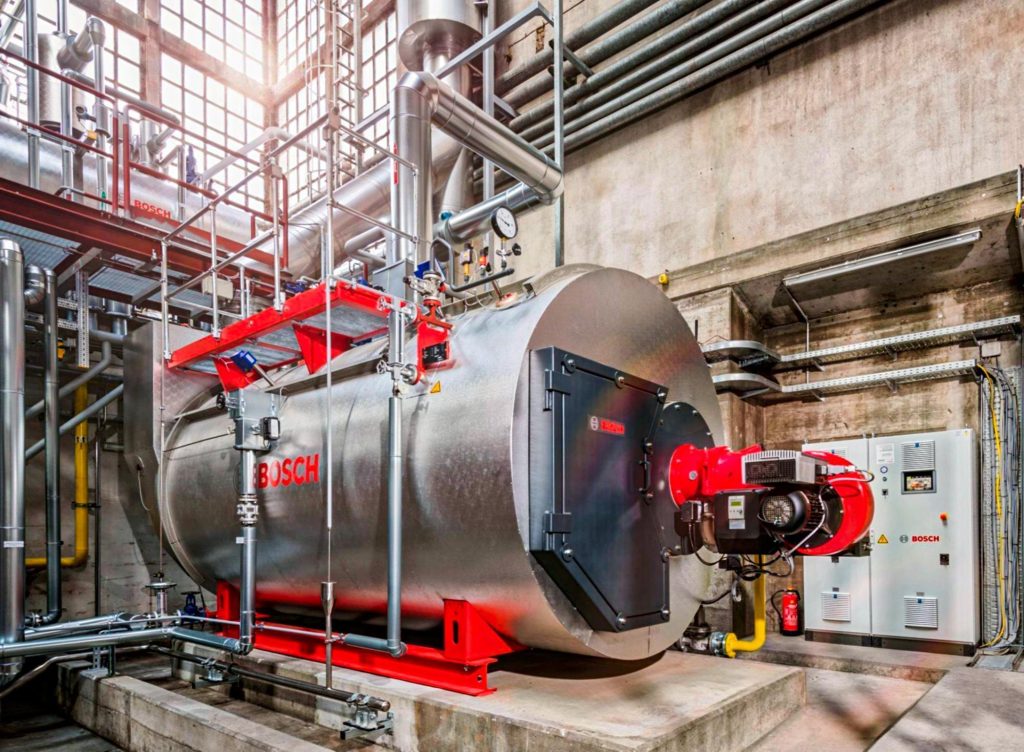Unlock nationwide travel nursing opportunities for skilled healthcare professionals
The demand for skilled healthcare professionals continues to rise across the nation, with travel nursing positions offering an exciting way for nurses to gain new experiences while earning competitive pay. Travel nurses are in high demand to fill short-term vacancies in hospitals, clinics, and other healthcare settings. This career path provides flexibility, professional growth, and financial rewards, making it an ideal choice for healthcare professionals seeking variety and the chance to work in different locations.

Why Choose Travel Nursing?
Travel nursing is more than just a job it is an opportunity for personal and professional development. With assignments that typically last 13 weeks, travel nurses have the chance to explore new cities, cultures, and healthcare systems. Here are some compelling reasons to consider travel nursing:
- High Pay: Travel nurses earn more than permanent staff due to the temporary nature of their roles. In addition to a higher base salary, they often receive housing stipends, meal allowances, and travel reimbursements.
- Flexibility: Travel nurses choose when and where they work, allowing them to take time off between assignments or explore various locations. This flexibility is ideal for that seeking work-life balance.
- Professional Growth: Working in different healthcare settings exposes nurses to a wide range of practices, techniques, and technologies. This helps enhance their skill set and makes them more versatile in their field.
- Networking: Travel nurses have the chance to build professional relationships across the country, enhancing their career opportunities and growing their professional network.
Types of Travel Nursing Jobs
Travel nursing positions span a wide variety of specialties, offering nurses the chance to work in numerous areas of healthcare. Common roles include:
- ICU Nurses: These nurses care for critically ill patients and provide life-saving treatments in intensive care units.
- ER Nurses: ER nurses handle emergencies, treating a diverse range of conditions and trauma cases in fast-paced environments.
- Medical-Surgical Nurses: Medical-surgical nurses provide care for patients recovering from surgery or dealing with chronic conditions.
- Labor and Delivery Nurses: These nurses specialize in assisting with childbirth, prenatal care, and maternal health.
How to Get Started
Getting started as a travel nurse requires a few key steps:
- Certification: Ensure you have the necessary licenses and certifications for the states you plan to work in. Most travel nursing agencies require a valid RN license.
- Experience: Having at least one to two years of clinical experience in your specialty will increase your chances of securing travel nursing jobs.
- Choose an Agency: Partner with a reputable travel nursing agency that offers guidance, job placement, and support throughout your assignments.
- Prepare for Assignments: Once you have secured an assignment, ensure all your paperwork, medical records, and licenses are in order. It is also important to research the area you will be working in to prepare for your stay.
The Bottom Line
Travel nursing is an excellent career choice for healthcare professionals looking for a dynamic, rewarding travel nursing jobs that offers flexibility, high pay, and the chance to explore new places. With a variety of specialties and assignments to choose from, travel nurses can find the perfect role to match their skills and career goals. If you are a skilled healthcare professional ready to unlock nationwide travel nursing opportunities, now is the perfect time to start your journey.






